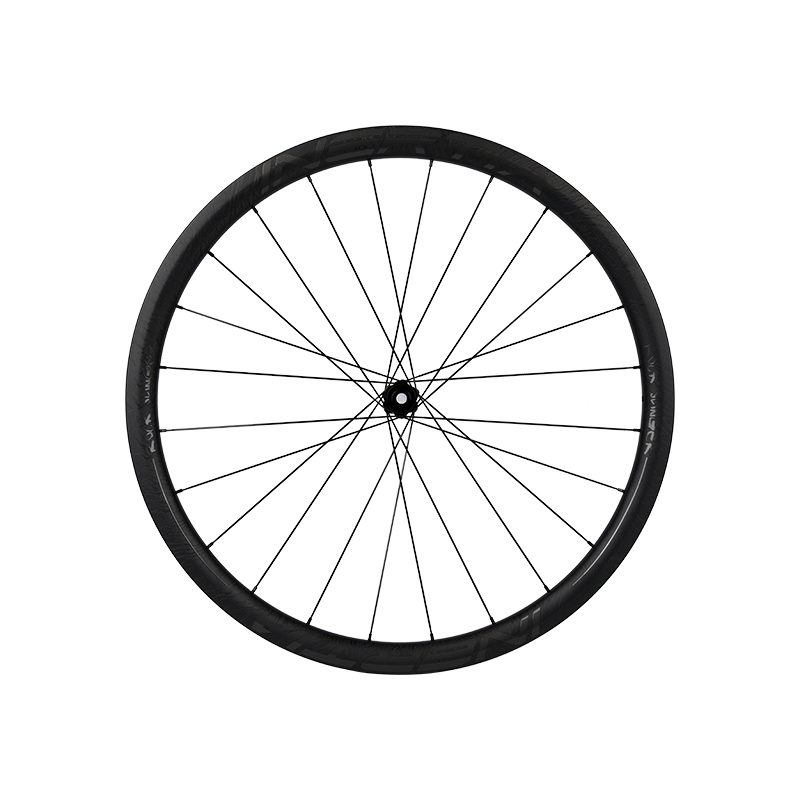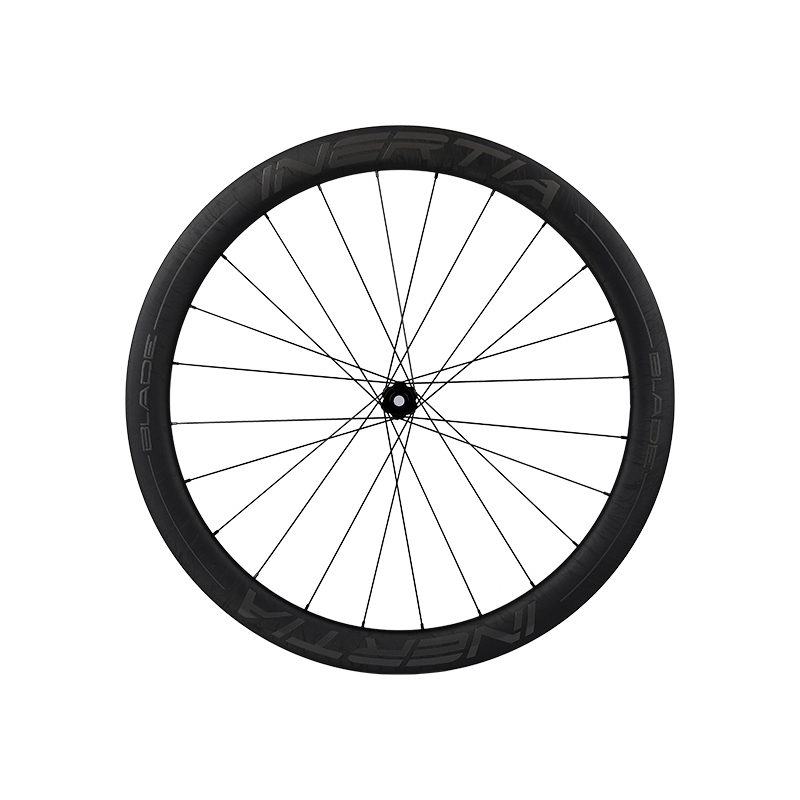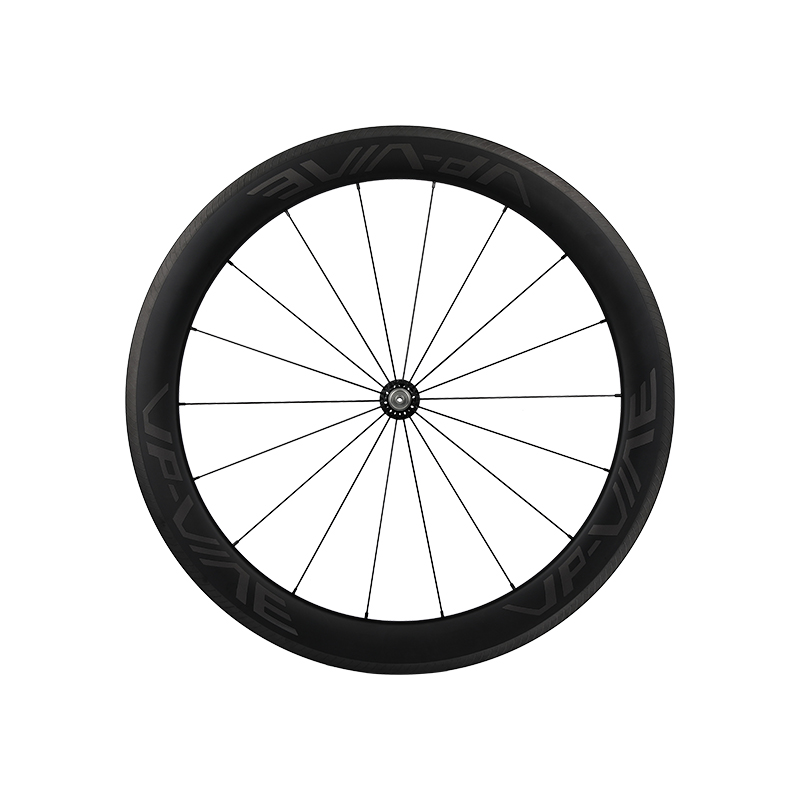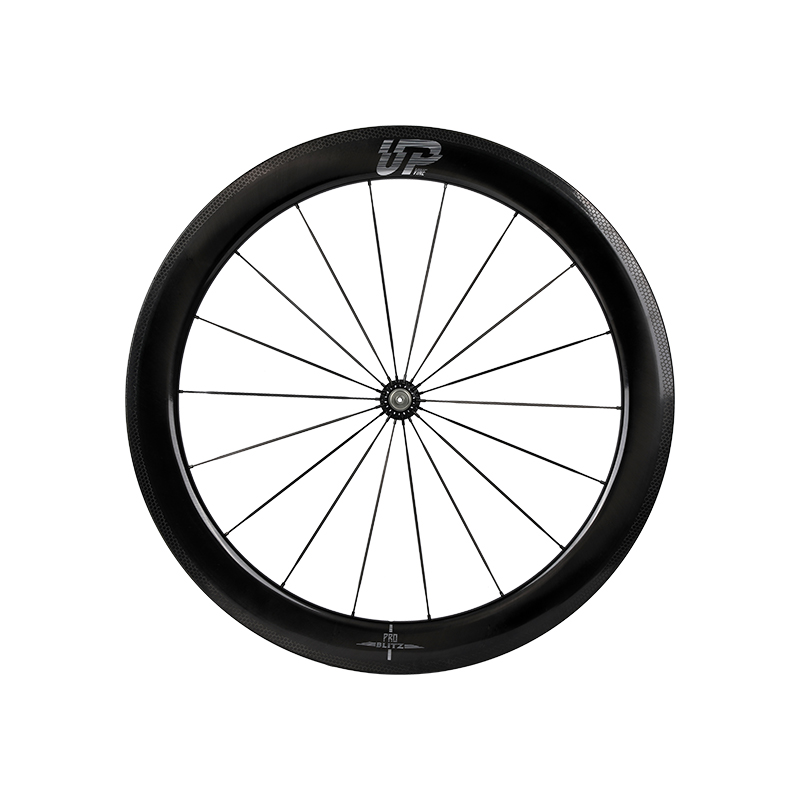Bicycle hubs, crucial components of a bike’s wheel system, often encounter a range of common issues that can affect their performance and longevity. Understanding these issues and knowing how to troubleshoot them is essential for maintaining a smooth and safe riding experience.
One frequent problem is hub noise, which can range from a subtle clicking to a loud grinding sound. This noise typically indicates a lack of lubrication or an issue with the bearings. When the lubricant inside the hub dries out or becomes contaminated, it fails to adequately reduce friction, leading to noise and potential damage. To address this, you should disassemble the hub, clean the internal parts thoroughly, and apply a fresh layer of appropriate grease. If the noise persists, the bearings may be worn and require replacement.
Another common issue is hub play or wobble, where the wheel feels loose or exhibits excessive movement. This often results from improperly adjusted hub cones or worn bearings. Hub play can be diagnosed by holding the wheel between your hands and attempting to rock it side-to-side or up-and-down. If there is noticeable movement, the cones may need tightening. Adjusting the cone nuts requires a cone wrench and careful calibration to ensure the right tension; over-tightening can lead to additional friction and premature wear. In cases where the bearings are worn out, replacing them will restore proper function and alignment.

Sticking or binding in the hub, where the wheel feels stiff and hard to spin, can be caused by dirt and grime accumulation or issues with the hub's freehub mechanism. This can result in poor performance and an uncomfortable riding experience. To resolve this, clean the hub internals, paying special attention to the freehub mechanism. Applying a light lubricant to the freehub pawls and ratchet teeth can also help alleviate sticking. If the freehub is damaged or excessively worn, it might need to be replaced entirely.
Hub seal failures can also be problematic, particularly in wet or muddy conditions. Seals are designed to keep moisture and dirt out of the hub, but over time they can become compromised. When seals fail, dirt and water ingress can lead to corrosion and decreased hub performance. Inspect the seals for any visible damage or wear and replace them as necessary. Applying a protective coating or grease around the seal area can help prevent future issues.
Addressing these common Bicycle hub problems involves regular inspection and maintenance. A well-maintained hub not only enhances your riding experience but also extends the lifespan of your bicycle’s wheels. By understanding these issues and following the appropriate troubleshooting steps, you can keep your bicycle hubs in optimal condition and ensure a smooth and enjoyable ride.



 Español
Español













